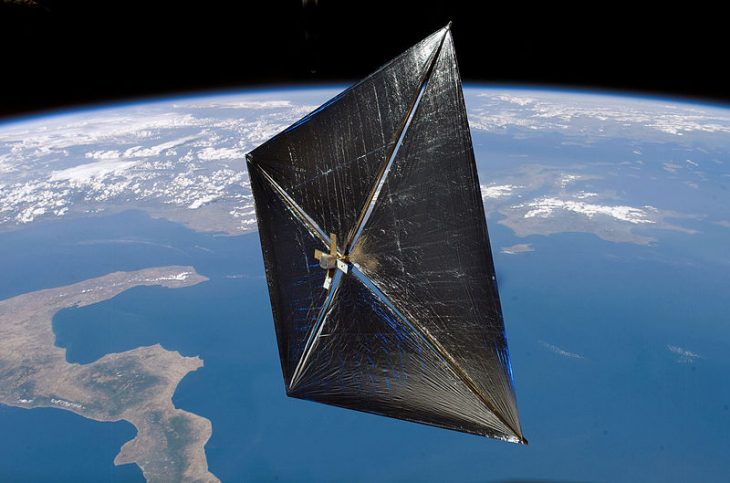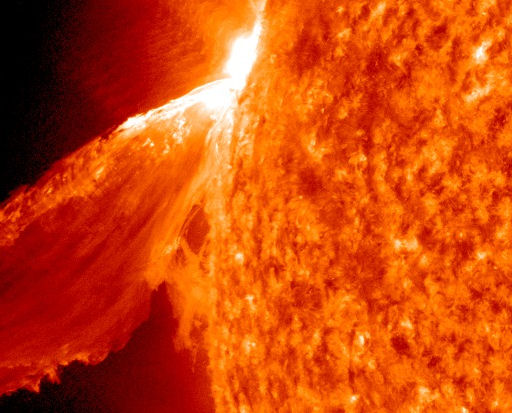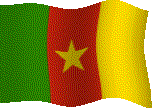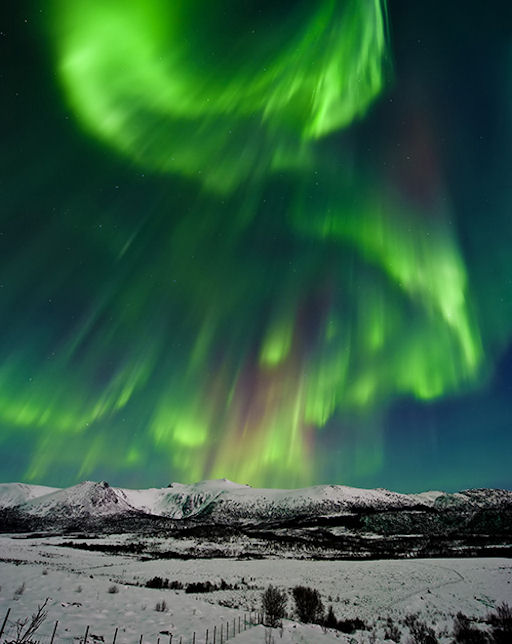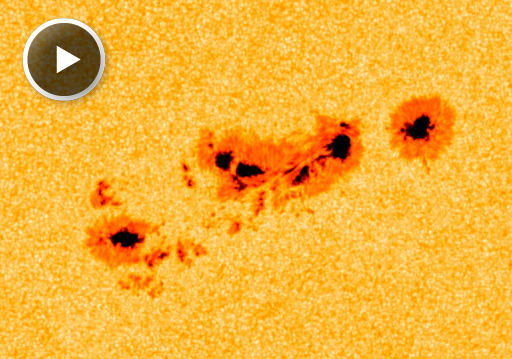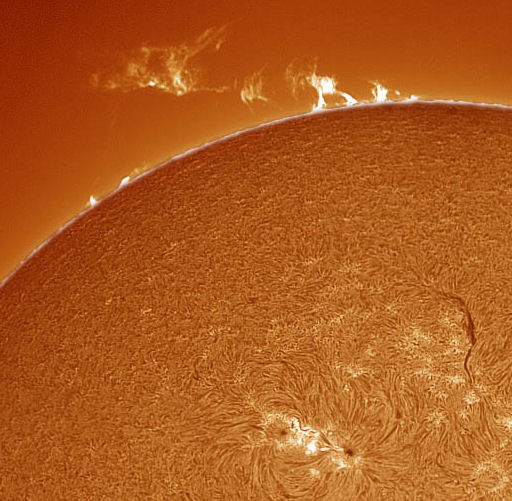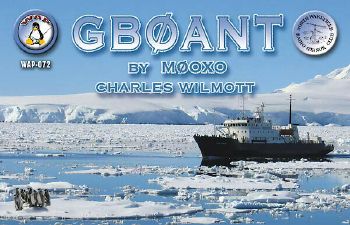UK-based members of T32C have had several preparatory sessions to clean up and refurbish kit from our previous operations as well as building and testing equipment which we will be using for the first time (for example, new 4-square antennas for both 40 and 30m, and vertical arrays for the high bands, to complement our existing Yagis). Some photos of these activities appear on the website. We have also been getting to know the FT-5000 radios, of which we will have 16 with us on T32, along with Quadra linear amplifiers. Several pallets of gear are now ready to be transferred to the shipping container, which we expect to leave the UK in late February from where it will travel via Singapore to Fiji, arriving in Suva in April or early May, for onward shipping to T32.
A novel development will be the inclusion of a GPS tracker in the container so that we can follow the progress of our kit as it makes its way to the island!
Have a read of the Christmas_Island_DXpedition_Brochure_February_2011, giving much more information about the DXpedition and the island. A copy is included with this bulletin and can be downloaded from the website. While designed primarily to give potential sponsors more information about T32C, we are also mailing to existing sponsors, DX bulletins and others, as we believe it gives everyone some fascinating insights into this major project.
As always, more information will follow in due course. We thank you for your interest in T32C.
Don Field G3XTT, ([email protected]) 3 February 2011
(FSDXA Publicity Officer)

